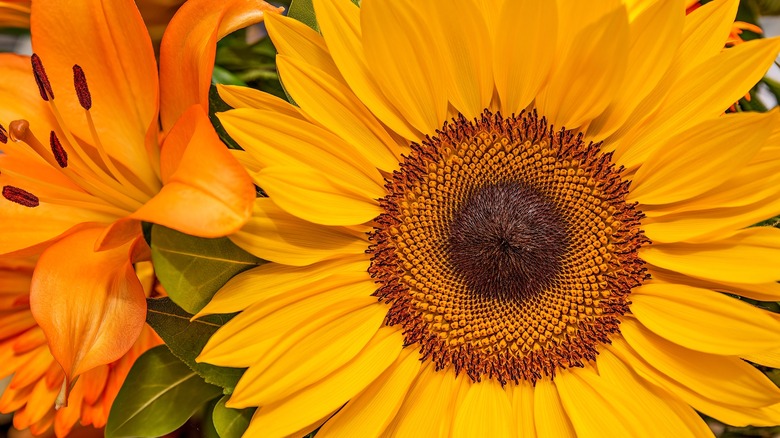Can Plants Really Tell Time?
It would be easy to say that we humans are the only living beings on Earth that can tell the time. After all, how many cute cats do you see wearing wristwatches? How many geckos do you see standing on train platforms, looking at the analog display with a mixture of disbelief and disgust as the minutes to their delayed train tick agonizingly closer? Not many, it's probably safe to venture.
The thing is, though, sometimes ignorance really is bliss. Humanity is so beholden to schedules, deadlines, and appointments that it would sometimes be fantastic not to have any notion of the time. Even so, the rest of the world around us is much more in tune to the passage of time than you might think.
If your beloved canine companion hurries into the kitchen and watches you dolefully around their dinner time every day, you'll understand just how accurate an animal's body clock can really be. Food is, of course, quite the motivator. Intriguingly, though, it seems that plants also have an uncannily effective body clock.
Photosynthesizing is work that you can't be late for
Body clocks are intrinsically linked to circadian rhythms. These, per the National Institute of General Medical Sciences, are processes that our bodies perform through the day, on a 24-hour rolling cycle, in response to the ever-varying levels of light and darkness around us. For an average teenager, according to the outlet, body temperature and energy levels increase throughout the morning, followed by an "afternoon slump" at around 2 p.m.-5 p.m., before the melatonin kicks in at night in response to the encroaching darkness.
Naturally, all manner of environmental and behavioral factors can have an impact on this. Per Healthline, aging also has an effect on circadian rhythms, potentially making us tired earlier in the evening and explaining why those of a more advanced age often prefer to go to bed at a more civilized hour. Plants, in their own way, do exactly the same thing.
The cycle of light and darkness is crucial to the survival of all manner of plants. Farmer's Weekly magazine states that sufficient light exposure is the most important factor in a plant's survival. It is, after all, critical to photosynthesis, the process by which plants create sugar from CO2 and do us the incredible favor of (essentially) breathing out oxygen. Even more incredibly, that very sugar seems to be the key to plants' ability to tell the time.
The curiously sugary circadian rhythm of a plant
In August 2018, the University of Bristol was part of an international team that released the study "Plants can tell the time using sugars" (via Science Daily). Though our green friends may not seem to be doing very much on a daily basis, there's an enormous amount going on under the surface, and sugar is key to that.
Just like humans and other living things, plants must regulate their energy levels and energy use, and a certain routine is vital to maintain this. According to Science Daily, the circadian rhythm enables them to grow at the correct time, to pause and rest at night much as we would, and to bloom at the optimal time. How do they do this? It all comes back to that sugary photosynthesis of theirs.
The University of Bristol's Dr. Anthony Dodd explained that a plant they had studied "continuously measures the amount of sugar in the cells and uses this information to make the required adjustments." Per Dodd, the discovery of how sophisticated plants' time-telling capacities are may prove very important in the years ahead, when it comes to maximizing yields from crops. This work followed pioneering efforts from the University of Cambridge Department of Plant Sciences, released in October 2013. Then, according to the University of Cambridge, Dr. Alex Webb noted that "inhibiting photosynthesis ... slowed the plants' internal clock by between two and three hours."


